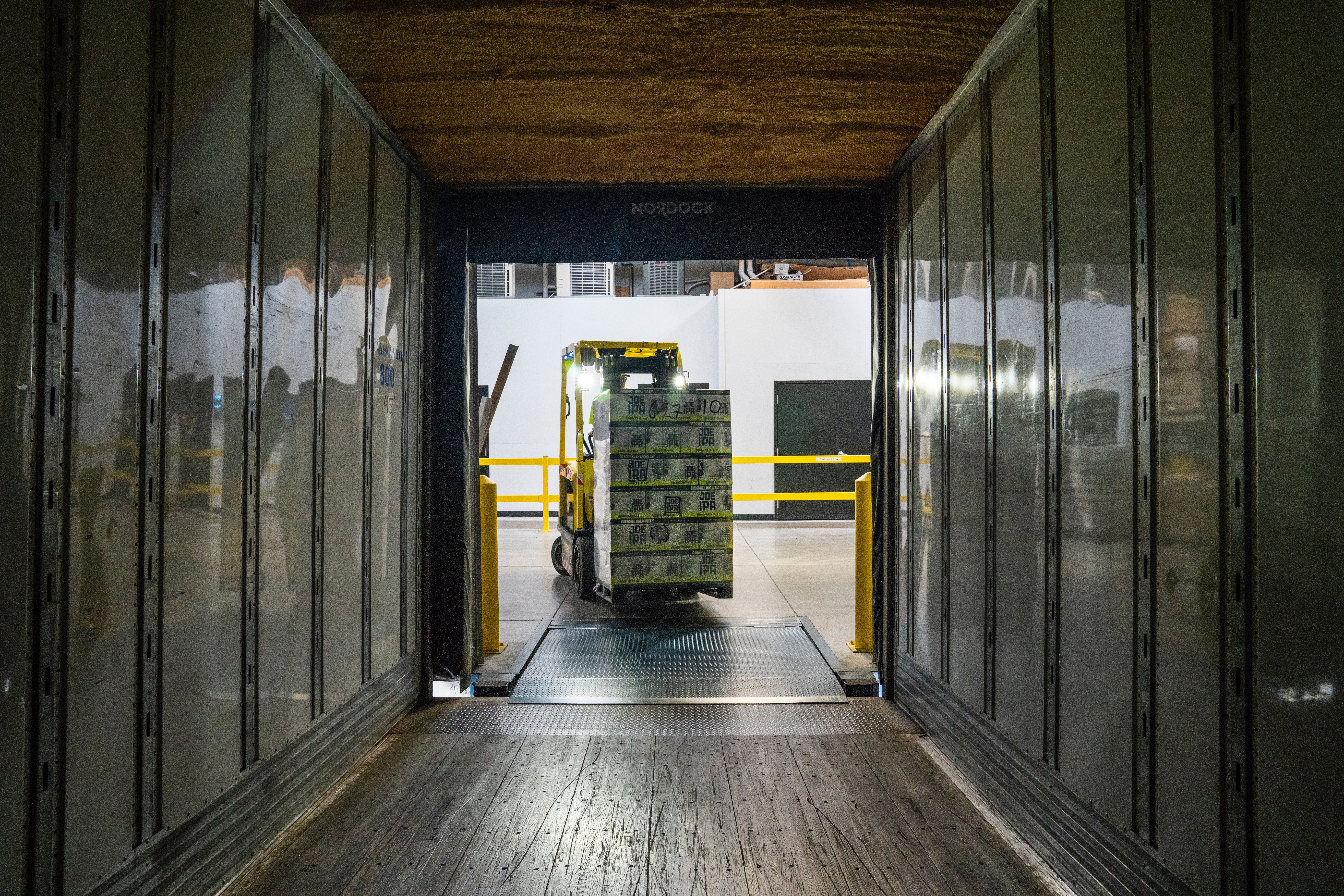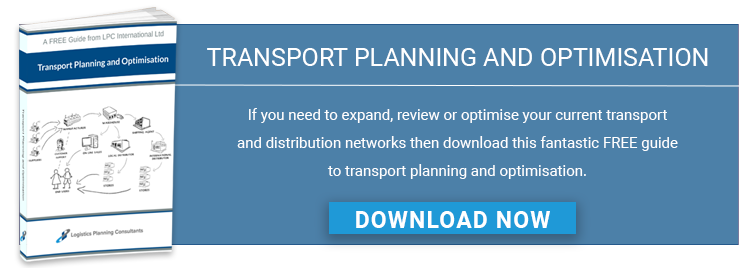
As businesses have embraced Artificial Intelligence (AI) software in various aspects of their capacity management over the past decade, logistics network operations continue to grow. Businesses across industries now use AI to improve or replace outdated and inefficient processes, such as recording data through paper, email, or telephone.
Through AI, advanced analytics has enabled businesses of all sizes to harness machine learning for their benefit; thus, levelling the playing field. In a post-pandemic economy that revved up shipping volumes to catch up with growing demand, AI optimisation and demand forecasting have proven pivotal to growth. But how can they improve the way you manage your network capacity today and in the future?
AI and Demand Forecasting
The recent global shipping container crisis is living proof that volume consolidation is the key to good network capacity management. Being able to bring together shipments on route, reroute them as needed between middle points, consolidate to save time and money, and utilise your capacity to the absolute maximum – these are the things that give you an edge at a time when global shipments stall. But then, when volume consolidation goes wrong, it goes very wrong.
There's only so much the human brain can grasp. The sheer scale of a logistics network peppered with potential stopping points can overwhelm even brilliant minds. But bring algorithmic analysis into the mix, and suddenly those pathways between stopping points clear up. AI-powered logistics software will even go as far as to reveal the most efficient route using predictive analytics, real-time traffic data, and optimisation models. These insights can be fine-tuned with machine learning to not only meet, but also stay one step ahead of demand, so that every vehicle in the fleet is where it needs to be at the right time and with the right capacity to move the right amount of cargo through every stop.
AI and Network Investment
AI can only go so far when it comes to optimising capacity management – AI in the real world is a useful software technology but doesn’t have the scope of a sci-fi-style omniscient robot. Without the means to carry out regular and accurate KPI capacity forecasting, your network's performance may very well disappoint. Take, for instance, the recent shortage of lorry drivers in the UK. Logistics companies are tempted to hire more seasonal drivers to alleviate some of the pressure over Christmas. But this approach may prove inefficient and wasteful, and ultimately harm a company's KPIs.
There's no shortage of forecasting models you can use to predict your network's performance. But it all really boils down to function, and that's why it's best to ask yourself if they're qualitative or quantitative models. What's the difference? Qualitative forecasting works best with noisy data or data with a limited historical record. They tend to be subjective. Quantitative methods use mathematical models and leave very little room for interpretation.
Their suitability is a matter of context, such as relevance, data availability, and accuracy requirements. The great thing about AI is that it can be used to create tailored forecasting models that can speak to your specific capacity utilisation issues, build a proprietary knowledge base for the entire company, keep every department in the loop, and increase overall efficiency tremendously.
AI and the Need for Change
As society moves towards a greener reality, it's becoming clear that the human-algorithm duo is the answer to waste, missed opportunity, and supply-demand mismatch. Logistics planning powered by AI comes with more visibility, clearer forecasting, more efficient operations, optimised capacity utilisation, and increased revenue potential for businesses. These are just some of the AI benefits we cover in our free Transport Planning & Optimisation Guide.
Image Source: Unsplash



